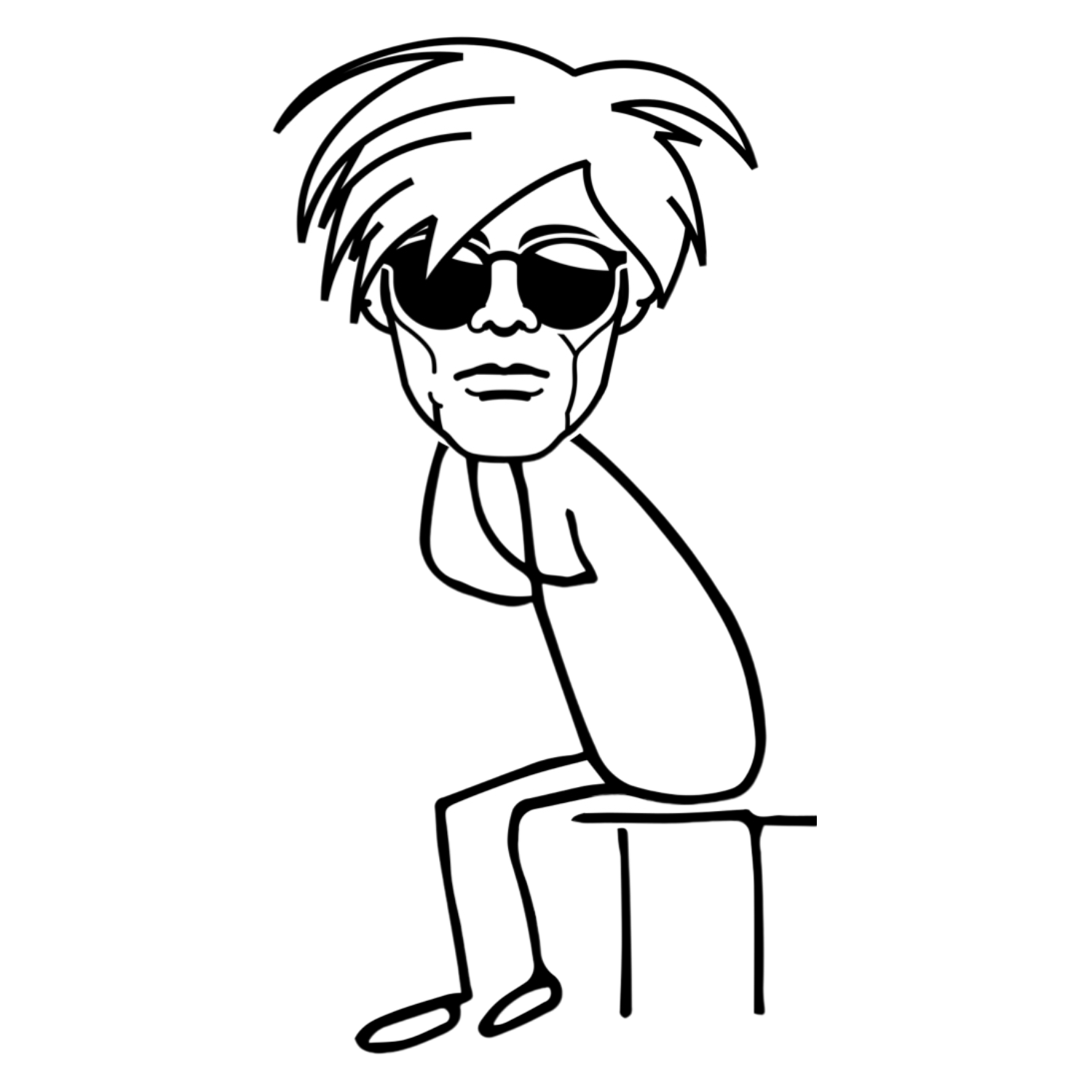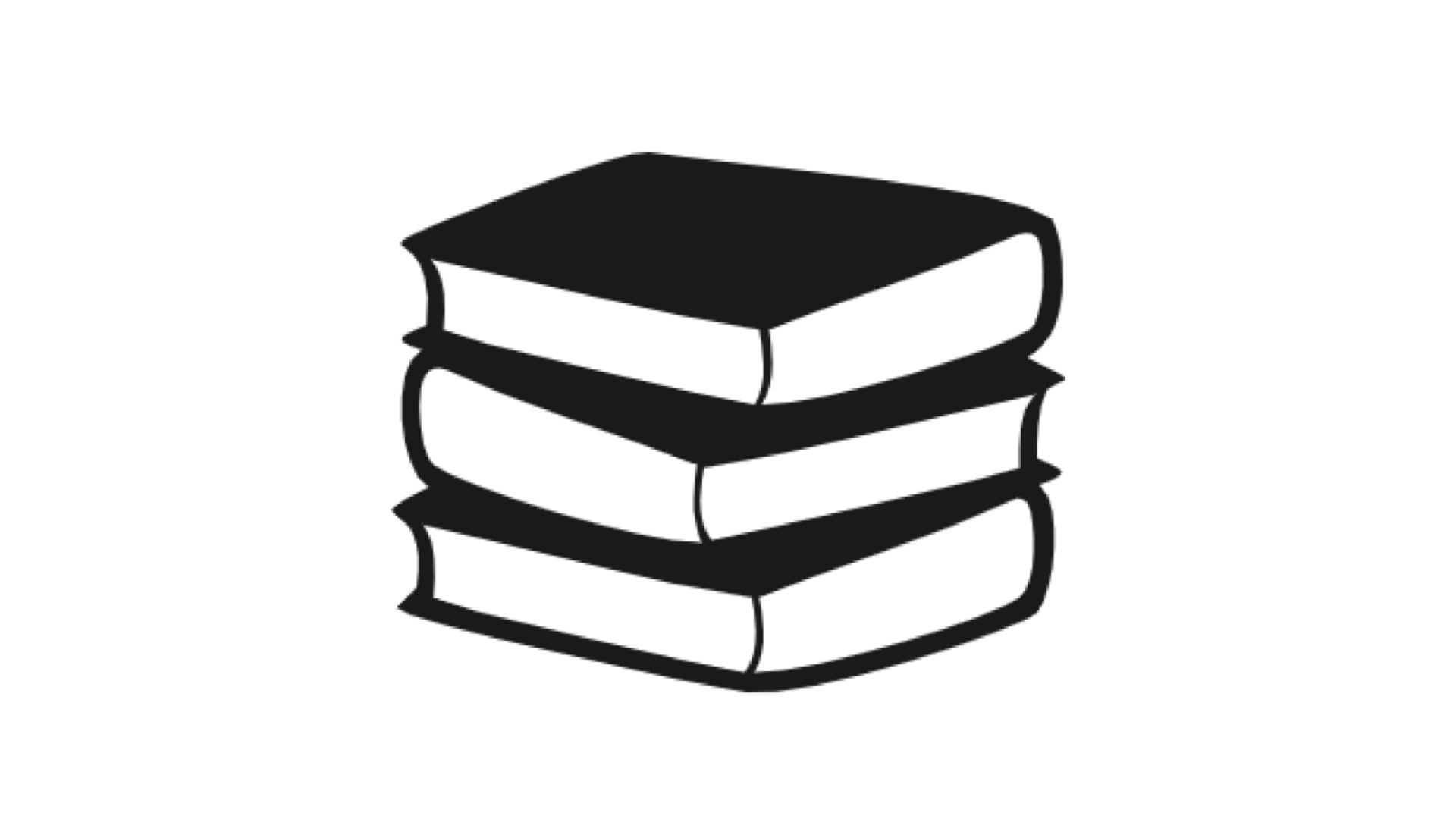Monetization Law Number #24½ Bonus
Pricing while crossing the chasm
Start at the top of the valley and work your way down - is the way to price, right? well, maybe!
Crossing the chasm: A monetization dream or nightmare?
This chapter explains how the best price their product while crossing the chasm.
The Rule provides a quick monetization heuristic i.e. a rule of thumb in operation, a kind of —do this— and you’ll be 80% of the way there.
Rationale explains why the rule works with deeper insights and its use in practice.
Rabbit hole provides more in-depth resources and recommendations for anyone wanting to spend more hours researching each topic.
⓵ Rule 📖
⓶ Rationale 🧠
⓷ Rabbit Hole 🐇
⓵ Rule: Monetization Law #24½ Bonus 📖
Finding true product-market fit requires that you meet more than just a few customers head-on…you have to cross the adoption chasm to succeed.
⓶ Rationale: Monetization Law #24½ Bonus 🧠
Chasm Pricing
The last decade had demonstrated that there is no set way to price innovation.
Both pricing low and moving up the curve [Box] and pricing high and running down the curve [Apple Mac] have been successfully employed while crossing the chasm.
Innovation
The term innovation has not just been the flavour of the month, but the flavour of the last decade or so.
Incremental, Radical, Sustaining, Product, Service, Management, Open, Process, Business Model, Architectural and Disruptive name but a few.
However, if we strip the term back to the basics - i.e., any new method or idea or any new configuration of existing techniques or ideas - forms the basis of innovation.
Using this simple definition, we could infer that most of us innovate daily as the mere writing an email or memo would constitute innovation - as it represents a new configuration of existing methods [i.e., the writing letters and words].
Further, every original work of fiction could be deemed innovation.
Books - as innovation
The concept of books as innovation is a metaphor. Some ten to one-hundred thousand words are arranged uniquely for every book written.
This configuration of disparate parts is indeed pure alchemy and celebrated when done well.
Having established books as innovation, the question then arises which type? Is it radical? - well, the communist manifesto by Friedrich Engels and Karl Marx - could even today be deemed as such by many western countries.
How about sustaining? - is the book allowing us to gradually improve our knowledge and craft of a specific field as many books on artificial intelligence do today.
Or is it disruptive? - something that changes the way we think, our worldview, imposes knowledge that our brains cannot erase - such as Uncle Tom’s Cabin - that is said to have helped lay the groundwork for the American Civil War.
Books - waves of innovation
Continuing with books, let us look at some of the innovative ways that this traditional market is evolving.
The waves of disruptions include:
–channel [e-tailers wresting control from physical retailers],
–delivery [digital delivery making huge inroads into the paper print model],
–business model [self-publishing pushing the big publisher model to the limits],
–form [audio books encroaching on digital and physical],
–duration [book summary/precis now being used instead of full text or audio].
Customers want to solve their problems.
Books have always been a solution.
Pricing the chasm
The brilliant and widely adopted model introduced by Geoffrey A. Moore explained the theory that most disruptive firms face when introducing new products and services.
He sought to explain the evolving nature of the market in terms of the types of customers that occupy every market stage.
Innovators were the first Amazon customers, readers of e-books, and Blinkist patrons.
The adoption curve breaks the market for new technology down into;
–Innovators; new product thrill-seekers, avid geeks that love new toys.
–Early Adopters; influencers, gain seekers, that strive to be ahead of the curve.
–Early Majority; practical-minded, increased utility seekers that will seek to be just one step ahead.
–Late Majority; those who only try to introduce products when well established, happier buying from big companies.
–Laggards; users not keen to buy new technology but may be forced into it by redundant or deprecated technology.
While I hate to admit it, I was in the late majority when it came to the purchase of a smartphone.
I had a Nokia phone, it worked!
Why did I need a smartphone with all its gadgets and applications that would distract me from actually making calls?
The purpose of a phone is to make calls!
How naive I was!!
The Chasm can have a profound effect on the company's pricing mindset.
The pricing of the product or service throughout the curve can go both ways.
Apple provides a case in point to illustrate the potential of both taking the high road and taking the low road when crossing.
Commentators state that most new technology products are initially sold with a skimming pricing tactic in mind.
This tactic usually correlates with a new technology that faces little or no perceived competition.
The skimming technique infers charging the highest viable price to skim the 'must-have' customer demand.
This, of course, usually comes to an end when competitors enter the market.
But does it?
Apple prices started at what was considered very high for its iPhone - one of the earliest smartphone products on the market.
But rather than reducing the amount in the face of market adoption, the price has almost doubled at the same time as smartphone ownership becoming ubiquitous.
The cost of an iPhone in 2007 [when first introduced] was approximately $499.
Except for a brief period, the price has been steadily increased using versioning techniques and is now around $999.
By contrast, Apple Macs in the 1980's cost approx $6,000 inflation-adjusted to today as compared to somewhere around $1,500 now
Profiting from the chasm
Continuing the Apple observation, the company has adopted two separate pricing models - premium niche - apple macs, premium ubiquitous - iPhone. This led to a markedly different profit makeup. The iPhone produces 50% of apple revenue compared to the 10% delivered from Mac sales.
The brilliant strategy employed by Apple has taken the crossing as an opportunity to enforce brand pricing.
Hence, as the demand and ubiquity of the generic smartphone product increased, so did the price.
It would have been entirely reasonable for Apple to view phones as another tech market and employ various skimming, maximization, and penetration pricing tactics.
Instead, it chose to take a profit leadership brand position.
As a microcosm, using the UK market, over eight years, unit sales increased by 100% or 2X [3.2m to 6.5m units] while the revenue improved by 300% or 4X [£1.5bn to £6bn].
This example of cost ignorance is one many businesses struggle to follow.
Many believe the manufacturing cost of an iPhone to be around $200-$250.
Yet, they sell for anywhere between $750-$1,000, thus obliterating any notion of cost-plus pricing in what is a very mature market.
Customers don’t care about your costs, only their expected value.
Apple monetizes value, not manufacturing costs.
Crossing the chasm presents risks and opportunities.
Many companies cross and continue to pursue a one-product strategy, pricing downward as penetration often demands or takes the high road as a brand often dictates.
Others transformationally adapt the product while crossing into the platform.
At the introduction, a new product is usually lacking a little finesse and is nowhere near the whole product that it needs to be to complete the job.
However, this is par for the course in most crossings. As such, it is the ability to listen to early adopters' feedback and continue to adapt, release, and adapt again, which becomes the critical determinant of monetization.
As each new customer group discovers your offering, pricing signals will be present. In b2c markets, customers may expect reduced prices, whereas, in b2b enterprise, clients will expect to pay more - and often incorrectly equate low prices with low quality.
So what makes for an overwhelmingly successful monetization crossing usually is more visionary than just an excellent product.
Vision turns a browser into a platform (google chrome).
Or a sales pipeline tool into a full-blown relationship management suite (salesforce).
Or a trading system into a piece of information, media, and mail platform (Bloomberg).
Or a mobile phone into a multi-media leisure platform (iPhone).
⓷ Rabbit Hole: Monetization Law #24½ Bonus🐇
Phew! That’s enough for now, no need to go further down the hole on this one.
🐇 Additional Research 🐇
Crossing The Chasm by Geoffrey Moore is a game changer.






